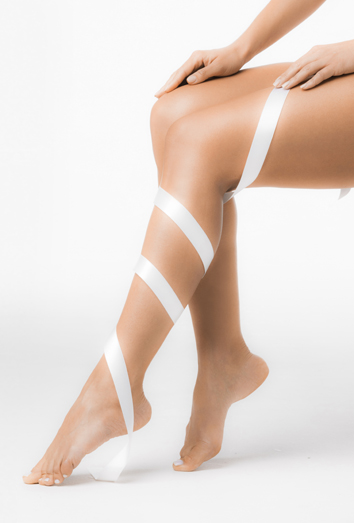Venous insufficiency is about the difficulty that the veins of the lower extremities, legs, have to push blood from them to the heart. When veins fail, they become weak and swell, because blood accumulates in them and circulation becomes difficult. So the legs are visible to the naked eye with large curved veins – varicose veins.

Why do varicose veins occur?
Blood carries oxygen from the heart throughout the body through tubes called arteries. When the blood reaches the organs and tissues, it leaves the oxygen there and returns to the heart through other tubes called veins. The blood that has to return from the legs to the heart must overcome the force of gravity. For this, the veins have a mechanism to push the blood. When it fails, the blood stagnates in the veins and the walls of the veins dilate, lose their shape and varicose veins appear.
Who usually has varicose veins?
- People who are standing for a long time, without moving much, or sitting.
- People who are overweight or obese based on body mass index.
- It is more frequent in women.
- Women who suffer hormonal changes, for example, when becoming pregnant.
- Those who have a family history of varicose veins.
Types of varicose veins
As explained by Dr. Ignacio López de Maturana, Angiologist and Vascular Surgeon and member of the Phlebology Unit of Hospital La Milagrosa, there are three types of varicose veins: spider veins, reticular varicose veins and truncal varicose veins. The first two do not cause major health problems for the first. However, the latter must be treated because, otherwise, they can cause different complications related to blood circulation.
What are the symptoms of varicose veins?
Pain, swelling (edema), cramps, tired and heavy legs. When venous insufficiency has been going on for a long time, spots appear on the skin of the legs and even ulcers.
Is it necessary to treat varicose veins?
Varicose veins can become a problem beyond the aesthetic. As Dr. López de Maturana explains, “it is common to find patients in consultation with late complications of the disease that could have been prevented with early treatment.” When suffering from truncal varicose veins, it is necessary to receive adequate treatment to avoid complications such as venous thrombosis. (Inflammation and thrombosis of varicose veins), varicorrhage (bleeding from rupture of the variceal wall) or dermatitis (inflammation and redness of the skin).
